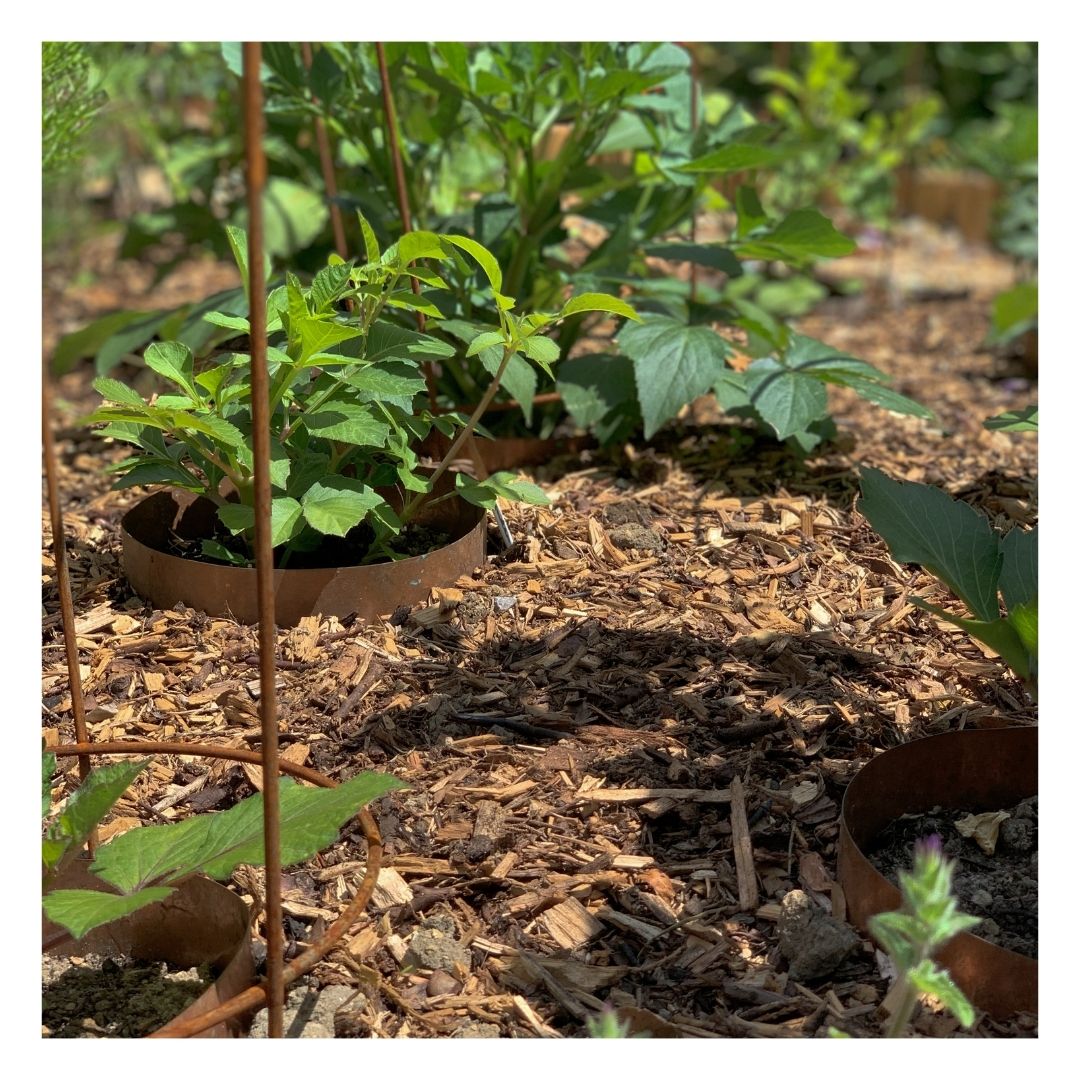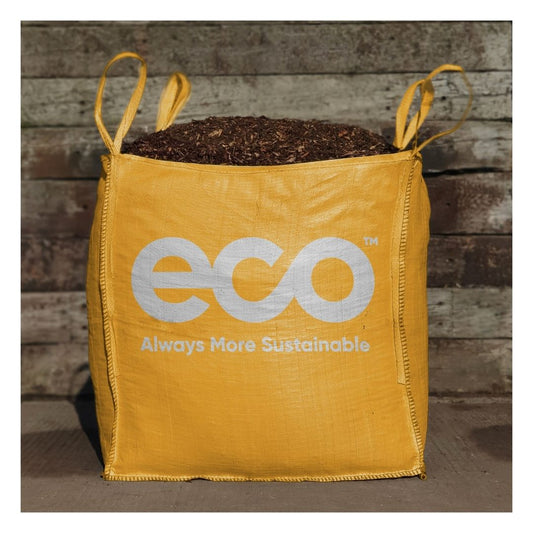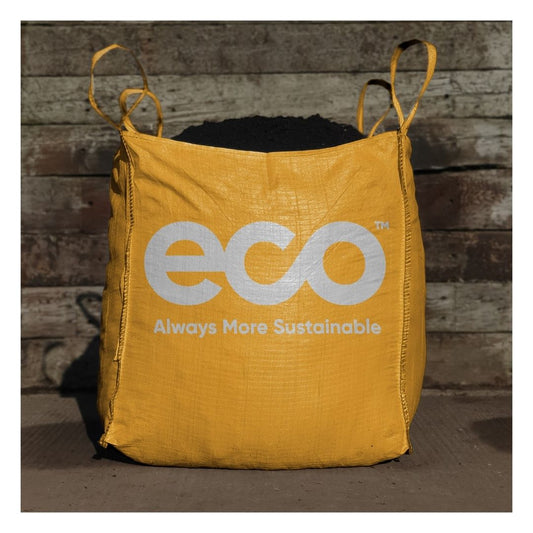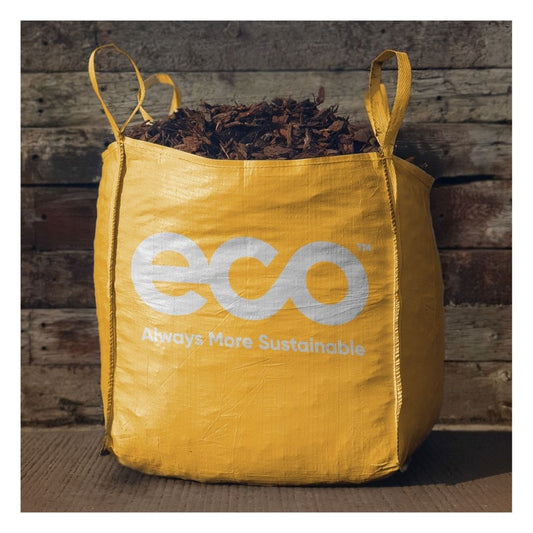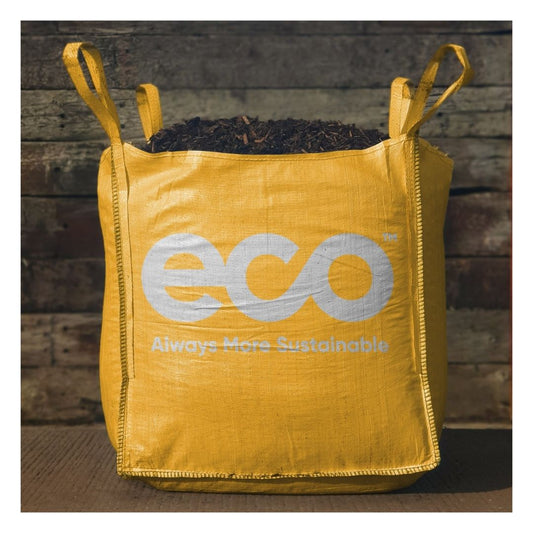How Long Does Rubber Mulch Last?
The UK produces around 55 million waste tyres a year. Since July 2003 whole tyres could no longer be taken to landfill for disposal in the UK, and since July 2006, shredded tyres could no longer be taken to landfill either. This poses a problem, which rubber mulch seems to have solved.
What is Rubber Mulch?
Rubber mulch is made from used rubber tyres which have had the steel bands removed and are shredded into pellets, or crumb, of various sizes. Magnets are used to try to remove all the leftover bits of metal that could cause injury, after which colours can be added to the shredded rubber to give it a better appearance.
It is fast becoming a popular playground surface mostly because rubber is naturally a great shock absorber. It is also used for covering sports surfaces like equestrian centres, artificial football pitches and even for landscaping purposes.
Rubber mulch requires little maintenance, raking or replacing, and since it’s heavier than some natural alternatives it doesn’t blow around when it’s windy, or wash away so easily in the rain. It can last up to 10 years before it will need replacing. This is all great, isn’t it…?
The Problems with Rubber Mulch
Although it seems like rubber mulch is solving the UK’s used tyre surplus, there are a few negative issues worth mentioning, associated with scattering shredded rubber tyres all over the ground.
It Gets Very Hot
Although rubber mulch has great insulating properties when used as a landscaping ground cover, when it’s exposed to direct sunlight it gets very hot (not to mention very smelly). The heat it soaks up from the sun can even kill the plants it is meant to be protecting. Not ideal.
It Doesn’t Enrich the Soil
Rubber mulch does not provide essential nutrients which enrich the soil like a natural alternative like wood mulch does as it decomposes. Rubber mulch does break down, but it doesn’t completely decompose like wood mulch, and since rubber mulch cannot be tilled into the soil, it must be painstakingly removed at the end of its life, which is not an easy, or pleasant task.
Health Implications
It is still not known if there are health implications associated with exposure to shredded rubber. The dust it creates as it breaks down can be inhaled. It is not recommended for use in nurseries or childcare settings where there is a possibility of young children and babies ingesting the rubber pellets.
Environmental Considerations
Several highly toxic additives are used during the manufacture of tyres, such as zinc, chromium, lead, copper, cadmium and sulphur. These chemicals remain in the shredded tyres. There are some suggestions that these chemicals Hammond into the soil below and around the rubber mulch, especially during rainfall which results in the chemicals reaching our waterways, ground water and ultimately, our water supply.
$$$
The cost of rubber mulch is high in comparison to other, natural alternatives such as playground wood chip. Although it does last up to three times as long as these natural products. It’s also worth bearing in mind that since tyres are no longer allowed to go to landfill there may be additional charges to pay when it’s time to dispose of it.
More Research is Needed
One thing is certain, more research is required on the health and environmental impacts of using rubber mulch before it can be confidently chosen as a safe product to use as a children’s playground surface, or even for use as a landscaping surface.Shop Eco Mulch & Bark
-
Eco Woodland Garden Mulch
Regular price £126.95 GBPRegular priceUnit price per -
Eco Mulch: Soil Improving Mulch
Regular price £121.95 GBPRegular priceUnit price per -
Eco Bark Nuggets
Regular price £196.95 GBPRegular priceUnit price per -
Eco Amenity Bark Mulch
Regular price £136.95 GBPRegular priceUnit price per
